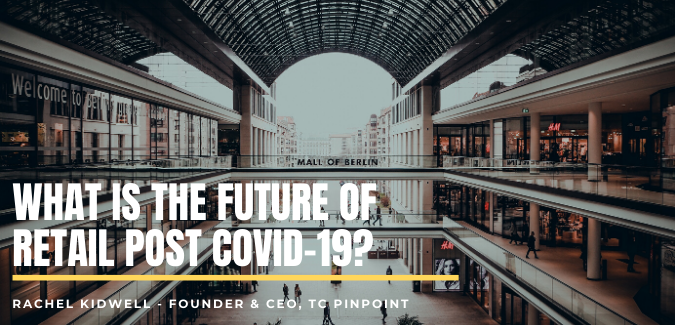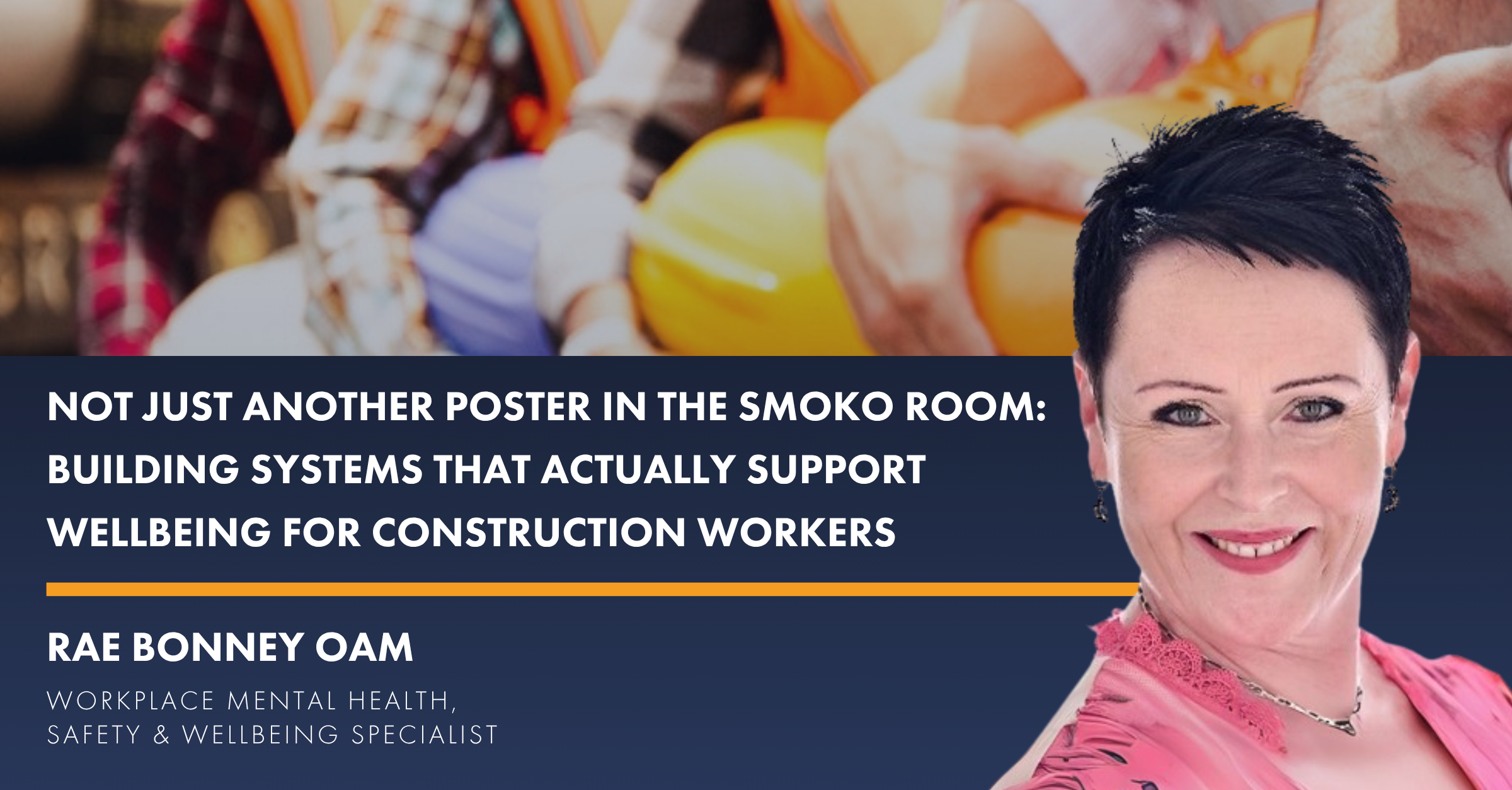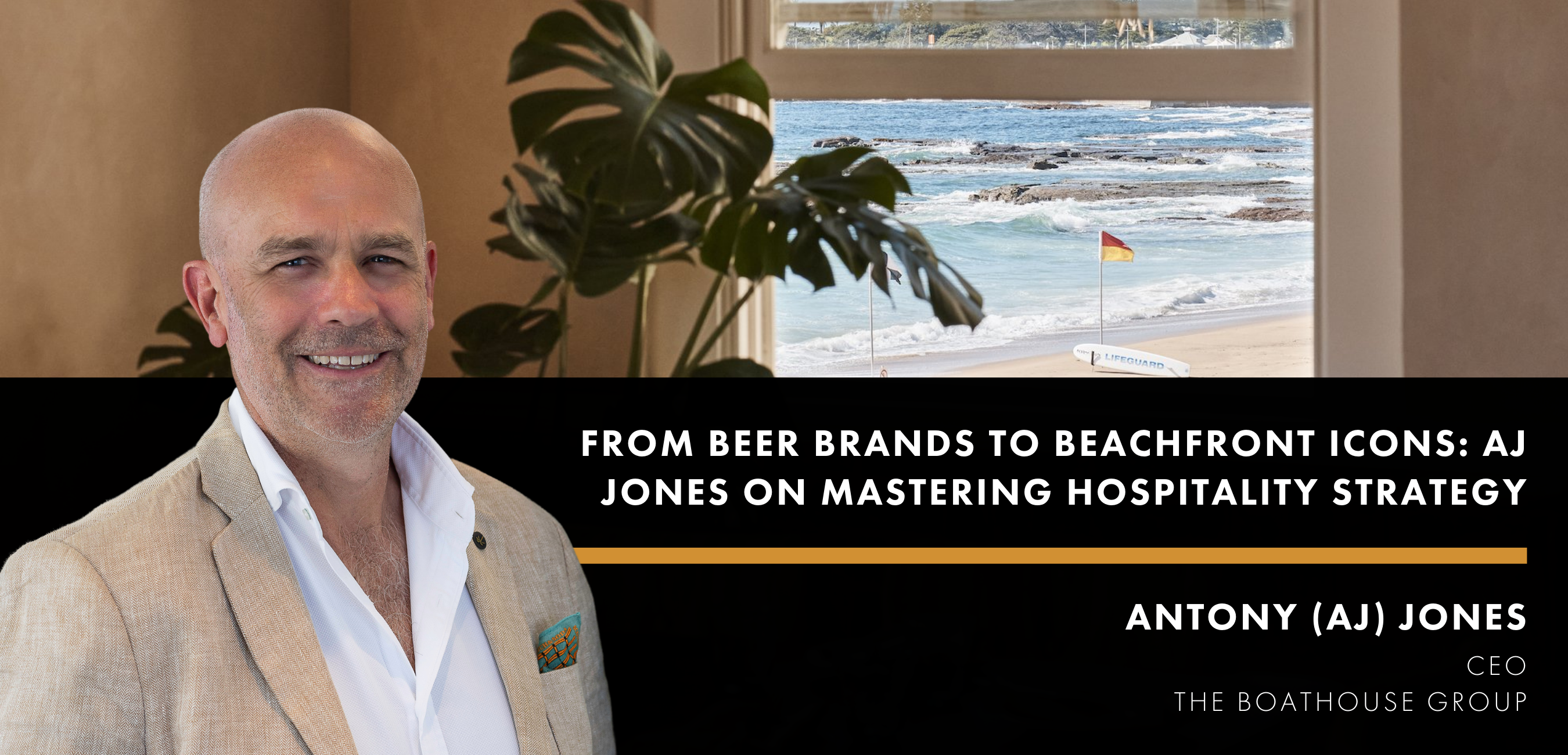This appears to be a hot topic as the world moves through radical change. In the first instance I don’t believe there will be a ‘post COVID-19′, at least until a vaccine is developed, rather an ongoing requirement to live with it as part of our everyday lives. With that comes the adaption and adjustment of consumer trends. These are, after all, the driver behind retail activity. With so much impacting consumers’ ability to freely work, shop and travel, let’s take a look firstly at how consumers spend their day and the ongoing discussion of the ‘apocalyptic’ horizon which the retail industry has been the topic of for quite a few years. Then we can take a look at how focussing on the local landscape provides a platform for positively impacting what we can control.
Shopping Centre Oversupply
Looking at some stats from the US (pre-COVID), the Department of Transportation cites 41 percent of daily trips are for shopping and errands. 27 percent for social or recreational pursuits and 15 percent for commuting to/from work. Propmodo goes on to highlight that retail represents a hugely oversupplied property use in the US. When comparing figures collated by the International Council of Shopping Centres and Cushman & Wakefield, 2.1sqm meters of retail space per person in the US compared to 1.04 sqm per person in Australia, indicates a huge oversupply of retail is present in the US.

Courtesy ICSC, Cushman & Wakefield
This is nothing new as we’ve seen the ‘demise’ of the bricks and mortar retail industry well documented over the years particularly as set out in this Business Insider article from 2018.
Consumer Trends
That said if we look back to the current – and likely – future consumer trends with their ability to travel and commute to CBD office locations restricted, this ties into the hyper-local movements required for consumers to meet their retail, social and work needs. Michael Lloyd of Shopping Centre News put forward some thought-provoking content in the latest edition with a statement title for the edition ‘In the Pipeline _ COVID-19 hasn’t stopped us’ which has created a content-rich addition to cover how the industry is tackling ‘what’s next’ and bolstering the current strain of discussion listing billions of dollars of retail developments currently in the pipeline. It’s great to have this vote of strength as to the developers’ forecasts for the coming 12 months. No doubt there has been some re-mixing of use of the developments or at the very least minimizing some scope of the development size. After all, we don’t want to end up in the same position as the US.
The pandemic has strengthened the case for making neighborhoods self-sufficient. With some degree of normality returning, there will be a desire to spend but with the new community-minded spirit, consumers will become more mindful about why and what they buy and who they are supporting in the process.
Susanne Pini, Head of Retail and Mixed Use, HDR
Hyper-Local, Self Sufficient Communities
In a Future Tense podcast initially broadcast in March this year Susanne Pini, Head of Retail and Mixed-Use at HDR goes on to explain the evolution of shopping centres and how they initially evolved from the Roman marketplace where, with a new visit every week consumers could see the makeup of the market changing. Over modern times, the large anchor tenants were introduced to bring people to the shopping centre, with consumers then visiting the smaller specialty stores. This is where, with the combination of enhancing a community-minded spirit, consumers will make highly informed, hyper-local buying decisions to support local artisans and retailers – perhaps over being drawn to a Centre by the larger anchor tenants. Over time, a shopping centre’s requirement to do more within their local community is expected, hence strengthening the need for the neighbourhood centre to be a wider offering of social, economic and services.
Neighbourlytics, a platform that gives you on-demand data and insights into the quality of life and wellbeing of places, believe that your local neighbourhood is an “ever-changing, fluid system composed of countless social, economic and physical interactions.” Each unique local place is an interconnected ecosystem made up of many moving parts. The local playground, the local cafe, the neighbourhood shopping centre. They all combine to make up a recipe influencing consumer trends and subsequent on flows to spending habits and engagement with retailers.
In a Blog post-dated at the beginning of the COVID-19 pandemic, the Neighbourlytics team stated that the retail asset strategy needs hyper-local insights to survive the pandemic.
“I think never has it been more important to think about those hyper-local nuances of what it is that makes a local community tick.”
Jessica Christiansen-Franks, Co-Founder & CEO
One thing Neighbourlytics are seeing is people “expressing a real love for their local traders”, whether that be through local food delivery and remote purchasing, or online yoga video sessions.
With this in mind, let’s look at some innovations relevant to how retailers are responding to this hyper-local behaviour driving consumer trends. For example, the success of the BP / David Jones model is driving a roll out of another 21 sites before the end of 2020.

We’re also seeing some strong results in Q4, for example, from the Super Retail Group, as reported in InsideRetail Australia. In the 52 weeks to 27 June 2929, Super Retail’s four businesses achieved a group total sales growth of 4.2 per cent. Supercheap Auto saw 7.6 per cent growth, Rebel 3.3 per cent, and BCF 4 per cent. These results were certainly impacted by the lessening of restrictions. Time will tell what impact the increased Victorian lockdown currently being experienced will have on this quarter’s results.
A recent McKinsey report looked at how Chinese consumers’ shopping habits are changing as a result of COVID-19. One of the striking trends was that local convenience stores have performed well there in the wake of the pandemic, just as they did at the peak of it.
A fear of travelling further and of visiting more highly populated destinations appears to be the rationale for such a shift in behaviour.
So, what for the future of retail with the advent of COVID-19 likely to be a daily part of our lives at least until we have a vaccine? We already knew the oversupply of shopping centres in the US was having on flow effects to the success of bricks and mortar retail. The increase in on-line consumer behaviour is inevitable as our capacity to travel is restricted. However, if we are to look at the positives, let’s focus on supporting our hyper-local services, producers and artisans. The shopping centre developers are tuning in to this requirement, to provide ongoing innovative solutions to place-making and creating new experiences every time a consumer visits.
We can choose to stay local. We can focus on engaging with our local services and suppliers. Focussing on what we can control is the best way to ensure the retail landscape has a bright future with COVID-19 in our lives.






